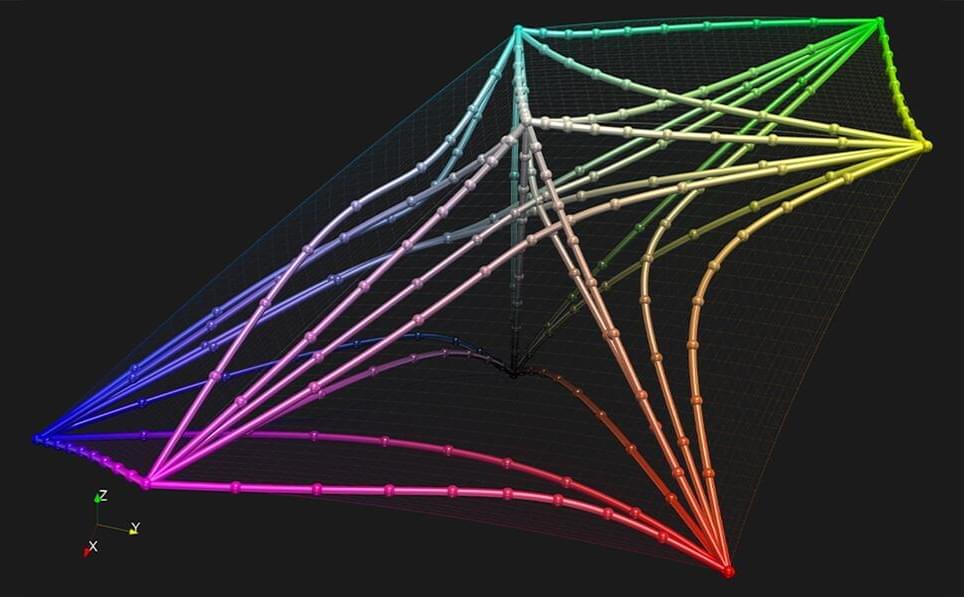A paradigm shift away from the 3D mathematical description developed by Schrödinger and others to describe how we see color could result in more vibrant computer displays, TVs, textiles, printed materials, and more.
New research corrects a significant error in the 3D mathematical space developed by the Nobel Prize-winning physicist Erwin Schrödinger and others to describe how your eye distinguishes one color from another. This incorrect model has been used by scientists and industry for more than 100 years. The study has the potential to boost scientific data visualizations, improve televisions, and recalibrate the textile and paint industries.
“The assumed shape of color space requires a paradigm shift,” said Roxana Bujack, a computer scientist with a background in mathematics who creates scientific visualizations at Los Alamos National Laboratory. Bujack is lead author of the paper on the mathematics of color perception by a Los Alamos team. It was published in the Proceedings of the National Academy of Sciences.










Comments are closed.